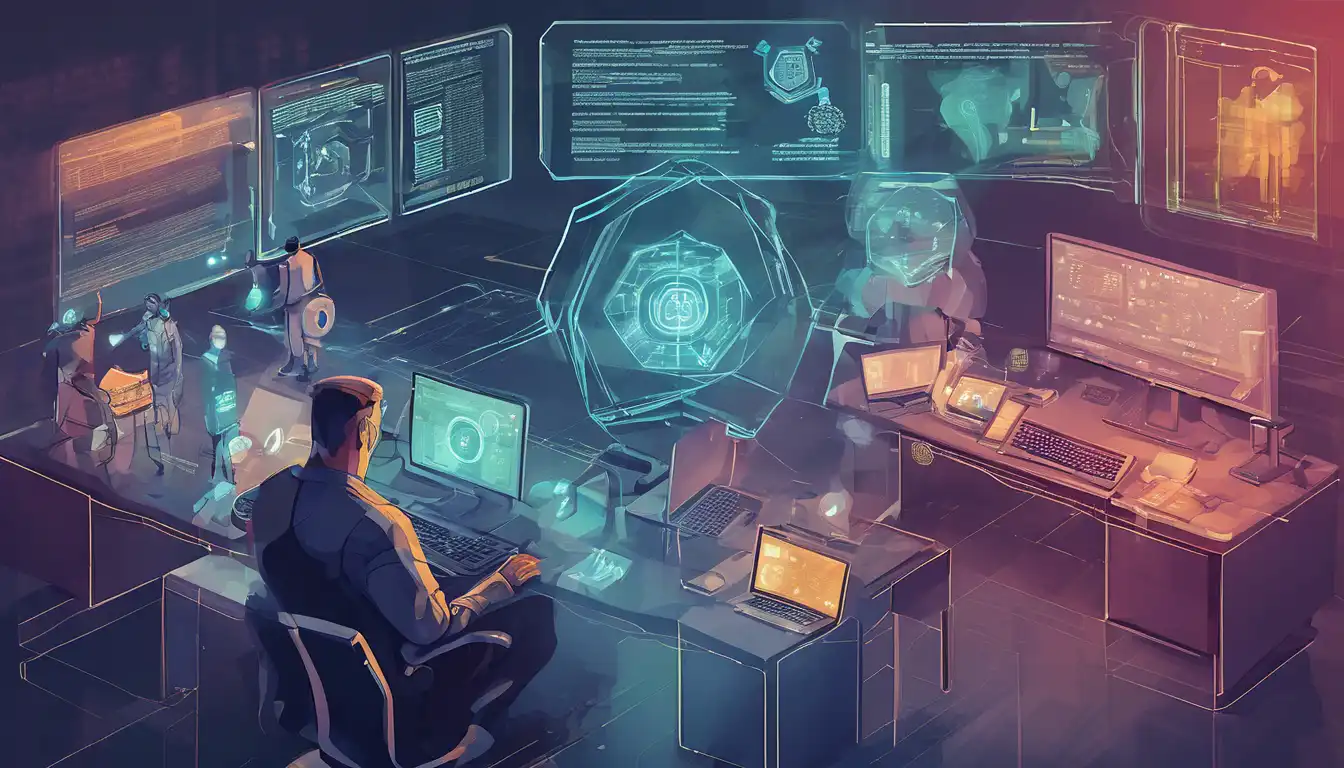Introduction to Cybersecurity Trends
In the ever-evolving digital landscape, staying ahead of cybersecurity threats is paramount for businesses and individuals alike. The year 2023 has brought forward innovative strategies and technologies designed to fortify defenses against increasingly sophisticated cyber attacks. This article delves into the latest trends in cybersecurity defense, offering insights into how you can protect your digital assets effectively.
Artificial Intelligence and Machine Learning
Artificial Intelligence (AI) and Machine Learning (ML) are at the forefront of cybersecurity defense. These technologies enable the detection of anomalies and potential threats in real-time, significantly reducing response times. By leveraging AI and ML, organizations can predict and neutralize threats before they materialize, ensuring a proactive approach to cybersecurity.
Zero Trust Architecture
The Zero Trust model has gained traction as a robust framework for cybersecurity. Operating on the principle of "never trust, always verify," it requires strict identity verification for every person and device trying to access resources on a private network. This approach minimizes the risk of internal and external breaches, making it a critical trend in cybersecurity defense.
Cloud Security Enhancements
With the increasing adoption of cloud services, securing cloud environments has become a top priority. Advanced encryption techniques, multi-factor authentication, and secure access service edge (SASE) are among the key trends enhancing cloud security. These measures ensure that data stored in the cloud is protected against unauthorized access and breaches.
Ransomware Defense Strategies
Ransomware attacks continue to pose a significant threat to organizations worldwide. In response, cybersecurity defenses have evolved to include more sophisticated detection and recovery tools. Regular data backups, employee training, and advanced threat detection systems are essential components of a comprehensive ransomware defense strategy.
Conclusion
The landscape of cybersecurity is constantly changing, with new threats emerging regularly. By staying informed about the latest trends and implementing advanced defense mechanisms, organizations and individuals can significantly reduce their vulnerability to cyber attacks. Embracing technologies like AI and ML, adopting the Zero Trust model, enhancing cloud security, and fortifying ransomware defenses are critical steps in safeguarding digital assets in 2023 and beyond.
For more insights into protecting your digital environment, explore our technology section for the latest updates and strategies.
